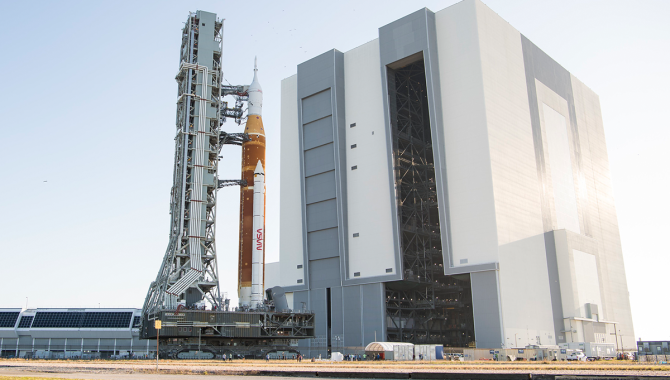
Podcast Focuses on Engineering Best Practices
Read More
Small Steps, Giant Leaps series features engineering leaders.

Small Steps, Giant Leaps series features engineering leaders.
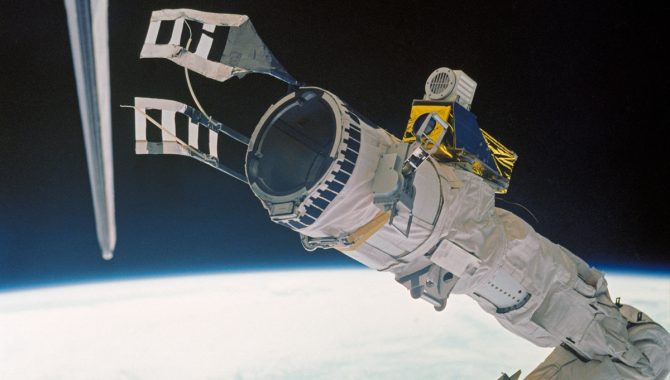
Well-trained shuttle crew works to activate malfunctioning satellite.
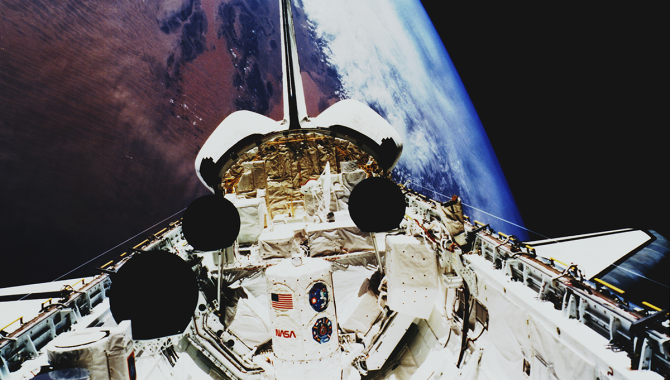
First flight of ATLAS examined Earth’s complex mesosphere and solar science.
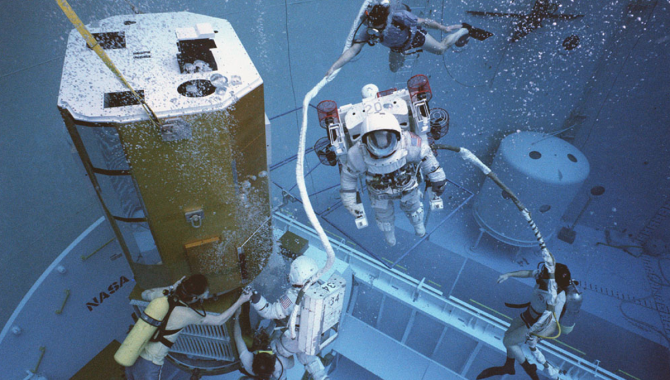
Rescued spacecraft examined sunspots, solar flares and more.
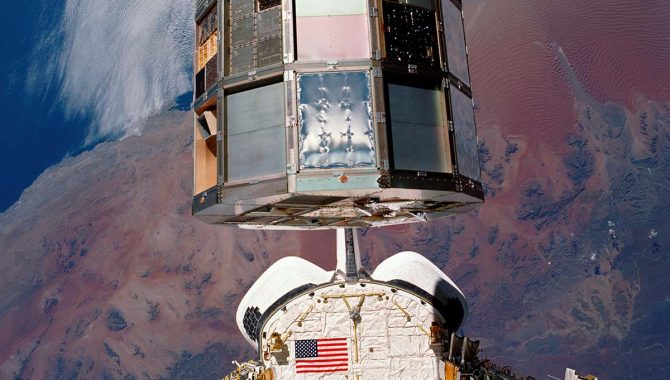
NASA’s Long Duration Exposure Facility reveals hazards of Low Earth Orbit.
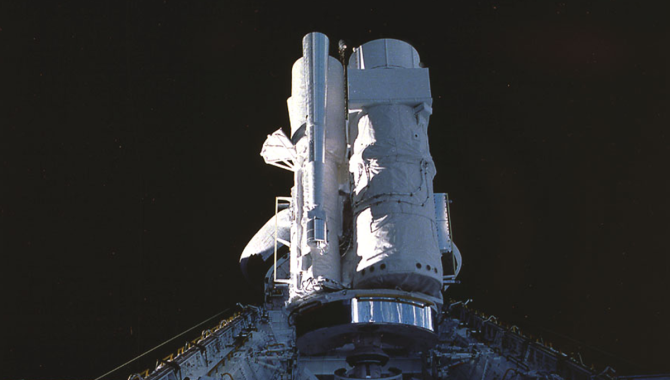
STS-35 was the first mission devoted exclusively to astronomy.
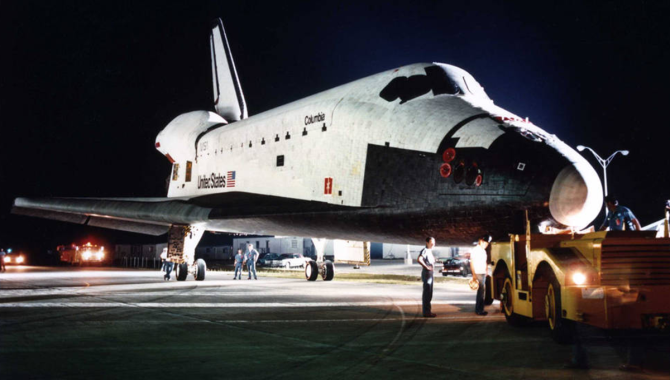
Crew of STS-2 works through the night on shortened mission.
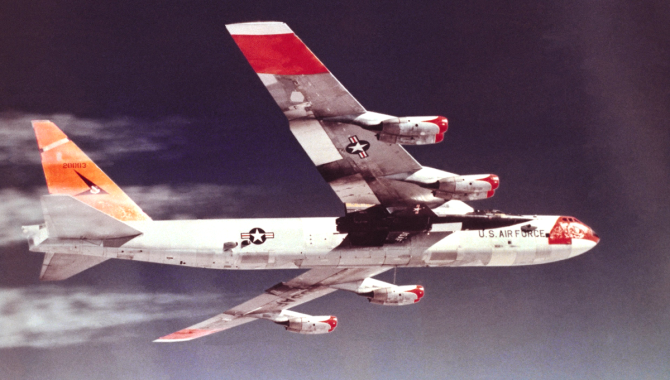
Rocket plane pushed the boundaries of aeronautics at dawn of the space race.
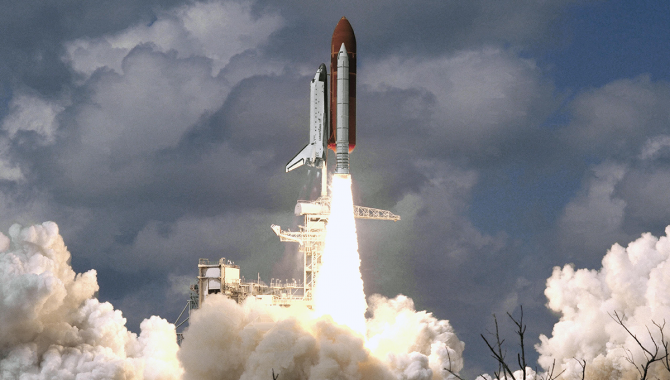
Team of spaceflight veterans begins recovery with STS-26.